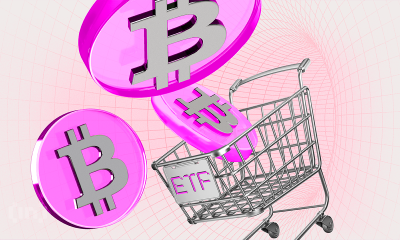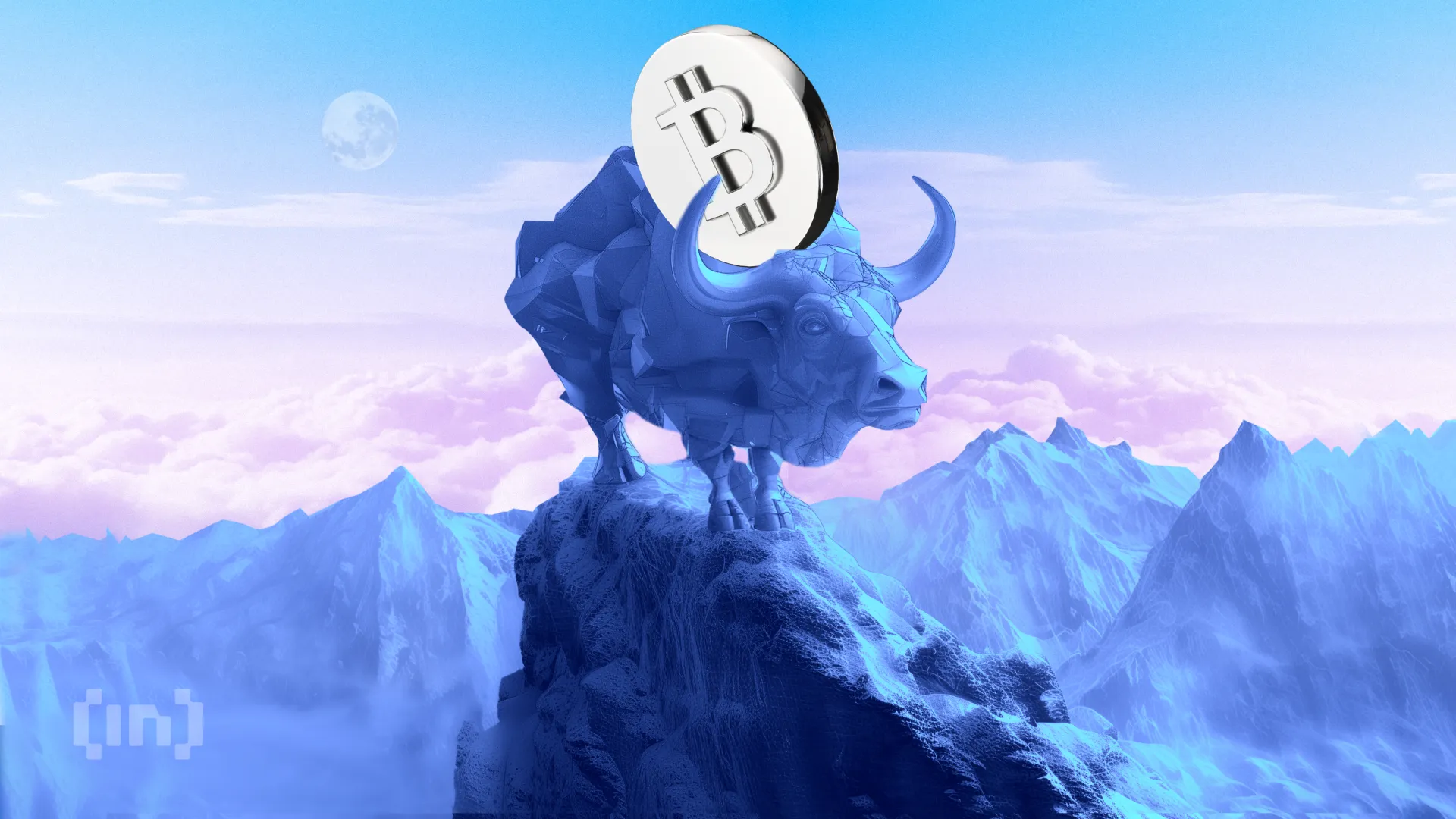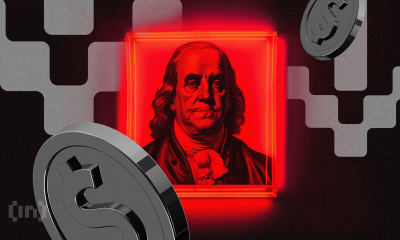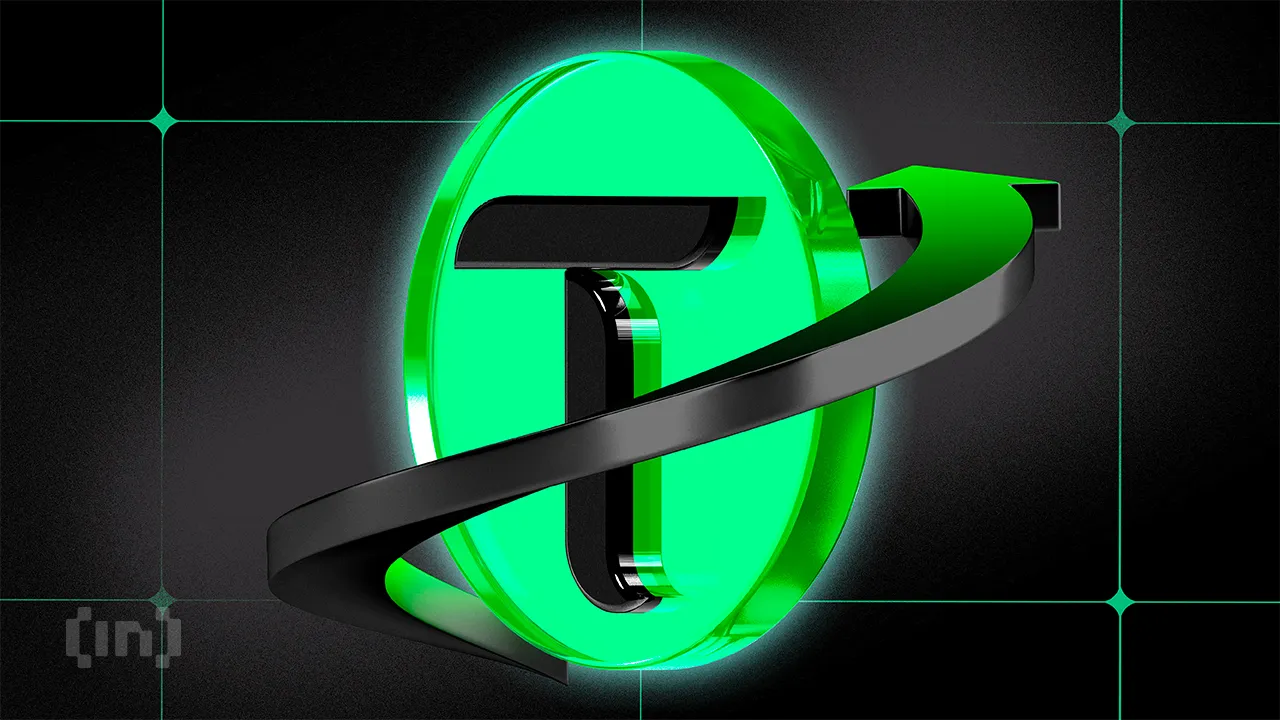Market
Bitcoin Pharaoh Remains Jailed and More
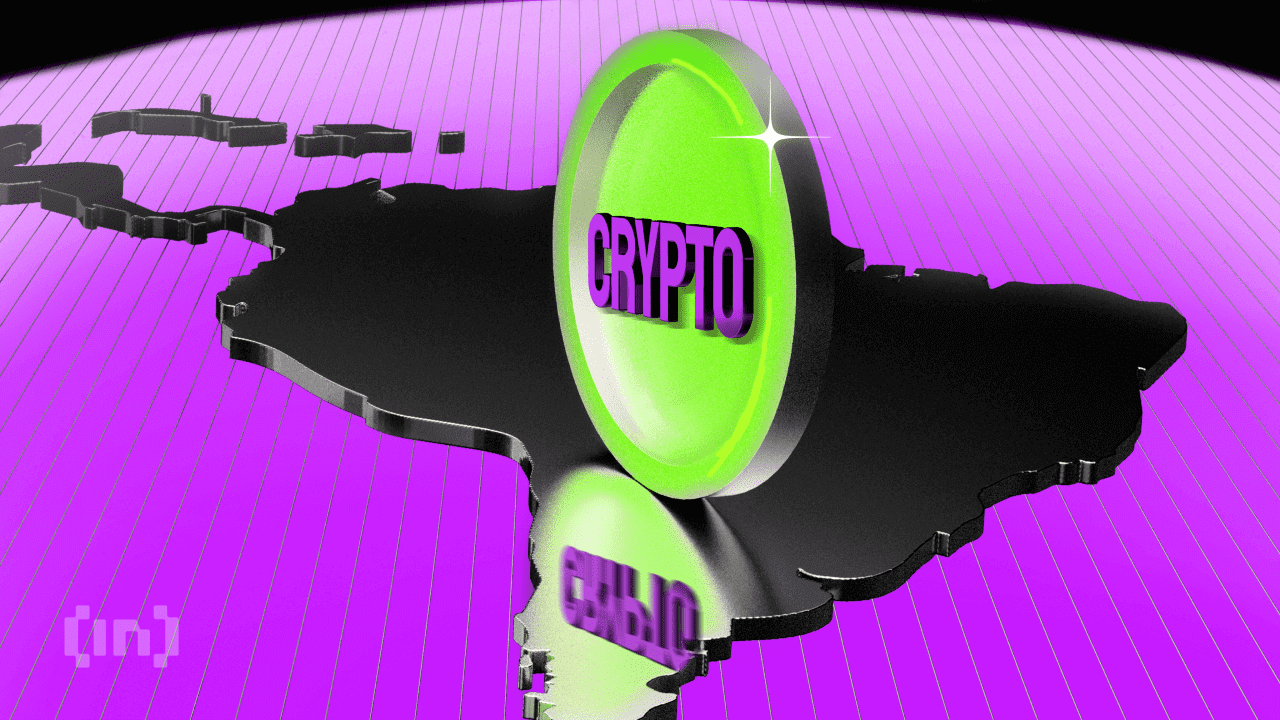
BeInCrypto comprehensive Latam Crypto Roundup brings Latin America’s most important news and trends. With reporters in Brazil, Mexico, Argentina, and more, we cover the latest updates and insights from the region’s crypto scene.
This week’s roundup includes stories about Brazil’s Bitcoin Pharaoh, Botev Plovdiv FC’s move to El Salvador to issue tokenized shares, and more.
El Salvador and Russia Strengthen Economic Cooperation: Bitcoin Could Be on the Agenda
El Salvador and Russia unveiled plans for closer economic collaboration at the St. Petersburg International Economic Forum. Salvadoran Vice President Felix Ulloa proposed enhancing trade relations and establishing mutual embassies, potentially reshaping both nations’ economies.
Russia, facing sanctions from the US and the EU since its 2022 invasion of Ukraine, seeks new trade allies. Under President Nayib Bukele, El Salvador has cooled relations with the US while strengthening ties with China.
Geopolitically, an alliance with Russia could enhance El Salvador’s global standing, reducing its dependence on the United States and solidifying relations with emerging powers like China and Russia. Economically, El Salvador aims to balance its trade deficit with Russia, highlighted by Ulloa’s mention of a $16 million import from Russia in 2021 with no corresponding exports.
Read more: Top 3 Methods for Cross-Border Money Transfer Using Crypto
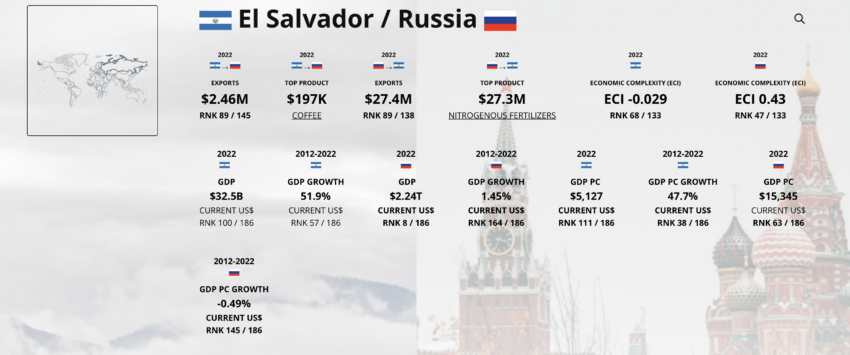
Technologically, El Salvador aspires to become a hub of innovation. Collaborations with Russian tech firms could support this ambition. Notably, Bitcoin’s role is crucial in this potential partnership. As the first country to adopt Bitcoin as legal tender, El Salvador’s digital asset laws and possibly creating a Bitcoin bank could facilitate trade with Russia, bypassing traditional fiat currencies controlled by central banks.
This economic cooperation could redefine El Salvador’s position on the global stage, offering new opportunities in trade, technology, and digital finance.
Brazilian ‘Pharaoh of Bitcoins’ to Remain in Prison After Supreme Court Ruling
The Federal Supreme Court (STF) upheld the imprisonment of Glaidson Acácio dos Santos, known as the “Pharaoh of Bitcoins,” on June 11. Santos, accused of running a cryptocurrency scam through Gas Consultoria, was arrested in 2021 during the Federal Police’s Operation Kryptos.
Santos’ defense requested habeas corpus, seeking to convert his imprisonment to house arrest due to alleged psychiatric issues and questioning the Federal Court’s jurisdiction. However, Justice Gilmar Mendes rejected the request. He acknowledged that pyramid schemes typically fall under state jurisdiction but noted that federal courts can intervene when cases involve crimes connected to the National Financial System.
Santos faces multiple charges, including financial pyramiding, fraudulent management, irregular securities issuance, unauthorized operations, and criminal organization. His scheme promised victims monthly returns of 10% on crypto-asset investments.
This decision follows the recent arrest of Cláudio Barbosa, another “Pharaoh of Bitcoins,” for running a pyramid scheme through Trust Investing. On the run since 2022, Barbosa allegedly caused a loss of R$4.1 billion to investors from over 80 countries.
Read more: 15 Most Common Crypto Scams To Look Out For
Bulgarian Soccer Club Botev Plovdiv to Issue Tokenized Shares in El Salvador
Bulgarian soccer club Botev Plovdiv FC has announced plans to transfer its cryptocurrency operations to El Salvador through Bitfinex Securities. The club adopted Bitcoin as a payment method in October 2023. It moved its operations to benefit from El Salvador’s tax incentives and favorable business environment, aiming to access new capital markets.
George Manolov, the club’s Bitcoin strategy leader, revealed that Botev Plovdiv established a financial entity in El Salvador to issue tokenized shares. This initiative allows investors to become co-owners of the club.
Read more: What is Tokenization on Blockchain?

“We want Bitcoin to be the main long-term financial strategy for our business. I am here because we want to do a token issuance from El Salvador to accumulate BTC, but also to allow our fans to be part of the process to become a recognized European club. We are working with Bitfinex Securities to democratize the shares, and the investment ticket will be very low. Anyone can become a co-owner,” Manolov explained.
Manolov discussed this new business model at a Bulgarian presentation and will share it at the BTC Prague forum. He explained that tokenization would enable efficient storage, transfer, and management of assets on Bitfinex Securities via the Liquid Network, a Bitcoin sidechain.
Brazil’s Largest Private Bank Expands Access to Bitcoin and Ethereum
Itaú Unibanco, Brazil’s largest private bank, has expanded its cryptocurrency offerings, allowing customers to trade Bitcoin and Ethereum through its digital platform, Íon. With assets exceeding R$2.7 trillion, the bank aims to make access to these top cryptocurrencies more straightforward and secure.
The initiative began gradually at the end of 2023, receiving positive client feedback. In internal surveys, over 90% of users rated their experience as good or great. With a minimum contribution of R$10, all active users on the Íon platform can now trade cryptocurrencies.
“We are very happy with the cryptoassets journey we are building with our customers. Opening trading to all Íon users reflects not only the evolution of our product but also of the entire market,” said Guto Antunes, head of Itaú Digital Assets. He stressed Itaú’s commitment to offering intuitive and secure crypto trading.
Itaú also aims to educate clients about the crypto market, ensuring they make informed investment decisions. This move aligns Itaú with other Brazilian institutions like BTG Pactual and Nubank, which already offer cryptocurrency exposure to their clients.
Read more: Crypto vs. Banking: Which Is a Smarter Choice?
El Salvador Overcame IMF Observations and Reaffirms Bitcoin Agenda
El Salvador’s Vice President Félix Ullóa has reaffirmed the country’s commitment to Bitcoin, aiming for economic liberation from central banks. Since enacting the Law of Digital Assets last year, the nation has embraced various tokens and cryptocurrencies.
Ullóa highlighted El Salvador’s pioneering role in admitting Bitcoin in exchange-traded funds (ETFs) ahead of the US He expressed confidence that Bitcoin could reach $100,000 by the end of 2024.
Despite initial criticism from the International Monetary Fund (IMF) and rating agencies, El Salvador has diversified its financing sources beyond traditional multilateral organizations. This strategy has bolstered the country’s credibility and attracted digital economy companies through a supportive regulatory framework.
Read more: Who Owns the Most Bitcoin in 2024?
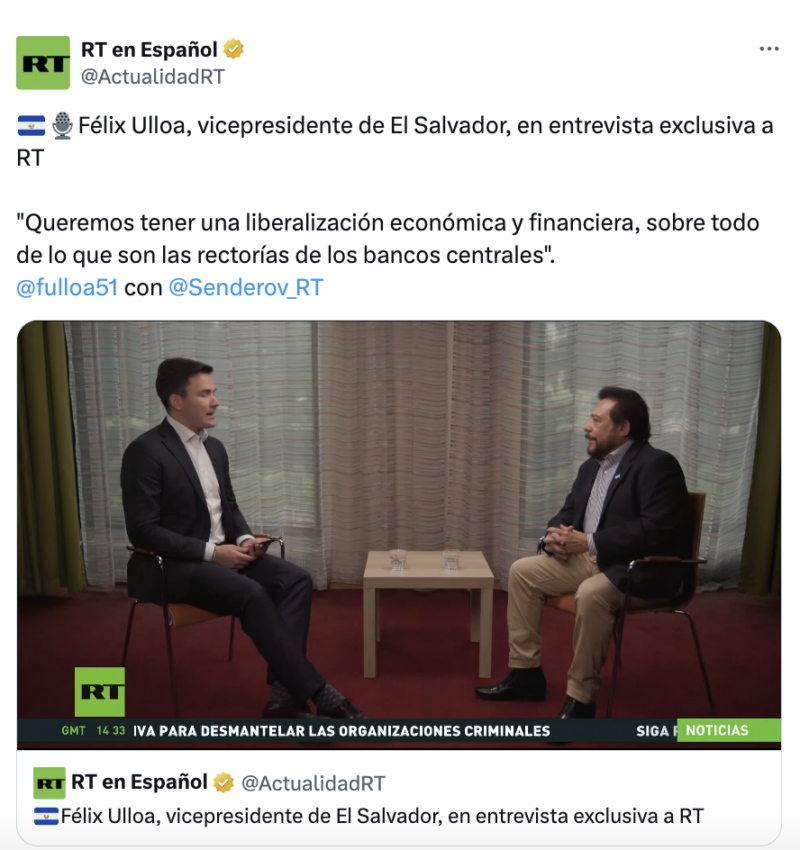
El Salvador recently marked three years since adopting Bitcoin as a legal tender. The country has been purchasing one Bitcoin daily, accumulating up to 30 BTC monthly. These investments have yielded over $67 million in unrealized profits.
Notable investors like Cathie Wood, CEO of ARK Invest, believe President Bukele’s Bitcoin strategy could significantly boost the nation’s GDP over the next five years. Ullóa acknowledged that the IMF continues to monitor the Bitcoin Law, highlighting ongoing discussions about the associated risks and benefits.
As the Latin American crypto scene grows, these stories highlight the region’s increasing influence in the global market. From El Salvador’s Bitcoin plans to Brazilian banks’ crypto trading launch, LATAM is positioning itself as a key player in the tech world. Stay tuned for more updates and insights in next week’s roundup.
Disclaimer
In adherence to the Trust Project guidelines, BeInCrypto is committed to unbiased, transparent reporting. This news article aims to provide accurate, timely information. However, readers are advised to verify facts independently and consult with a professional before making any decisions based on this content. Please note that our Terms and Conditions, Privacy Policy, and Disclaimers have been updated.
Market
Report Alleges Massive Meme Coin Sniping on Pump.fun

According to a new report from Pine Analytics, token deployers on Pump.fun systematically funded sniper wallets to buy their own meme coins. This impacted over 15,000 token launches on the platform.
These sniper wallets operated primarily during US trading hours, executing standardized, profitable strategies. Unrelated bot activity obscures their behavior, making it extremely difficult to isolate these wallets—and they can readily adapt to new countermeasures.
Snipers Roam Free on Pump.fun Meme Coins
Pump.fun has remained one of the most popular meme coin launchpads on Solana despite persistent controversies and other criticism.
However, Pine Analytics’ new report has uncovered a new controversy, discovering systematic market manipulation on the platform. These snipes include as much as 1.75% of all launch activity on Pump.fun.
“Our analysis reveals that this tactic is not rare or fringe — over the past month alone, more than 15,000 SOL in realized profit was extracted through this method, across 15,000+ launches involving 4,600+ sniper wallets and 10,400+ deployers. These wallets demonstrate unusually high success rates (87% of snipes were profitable), clean exits, and structured operational patterns,” it claimed.
Solana meme coin deployers on Pump.fun follow a consistent pattern. They fund one or more sniper wallets and grant them advance notice of upcoming token launches.
Those wallets purchase tokens in the very first block and then liquidate almost immediately—85% within five minutes and 90% in just one or two swap events.

Pump.fun meme coin developers exploit this tactic to create the appearance of immediate demand for their tokens. Retail investors, unaware of the prior sell‑off, often purchase these tokens after the snipe, giving developers an unfair advantage. This constitutes market manipulation and erodes trust in the platform.
Pine Analytics had to carefully calibrate its methods to identify genuine snipers. Apparently, 50% of meme coin launches on Pump.fun involve sniping, but most of this is probably bots using the “spray and pray” method.
However, by filtering out snipers with no direct links to developer wallets, the firm missed projects that covered their tracks through proxies and burners.
In other words, the meme coin community does not have adequate defenses against systematic abuse on Pump.fun. There are a few possible ways that the platform could flag repeat offenders and sketchy projects, but adaptive countermeasures could defeat them. This problem demands persistent and proactive action.
Unfortunately, it may be difficult to enact such policies. Meme coin sniping is so systematic that Pump.fun could only fight it with real commitment.
Analysts think that building an on-chain culture that rewards transparency over extraction is the best long-term solution. A shift like that would be truly seismic, and the meme coin sector might not survive it.
Disclaimer
In adherence to the Trust Project guidelines, BeInCrypto is committed to unbiased, transparent reporting. This news article aims to provide accurate, timely information. However, readers are advised to verify facts independently and consult with a professional before making any decisions based on this content. Please note that our Terms and Conditions, Privacy Policy, and Disclaimers have been updated.
Market
Solana Leads Blockchain Metrics as SOL Momentum Builds
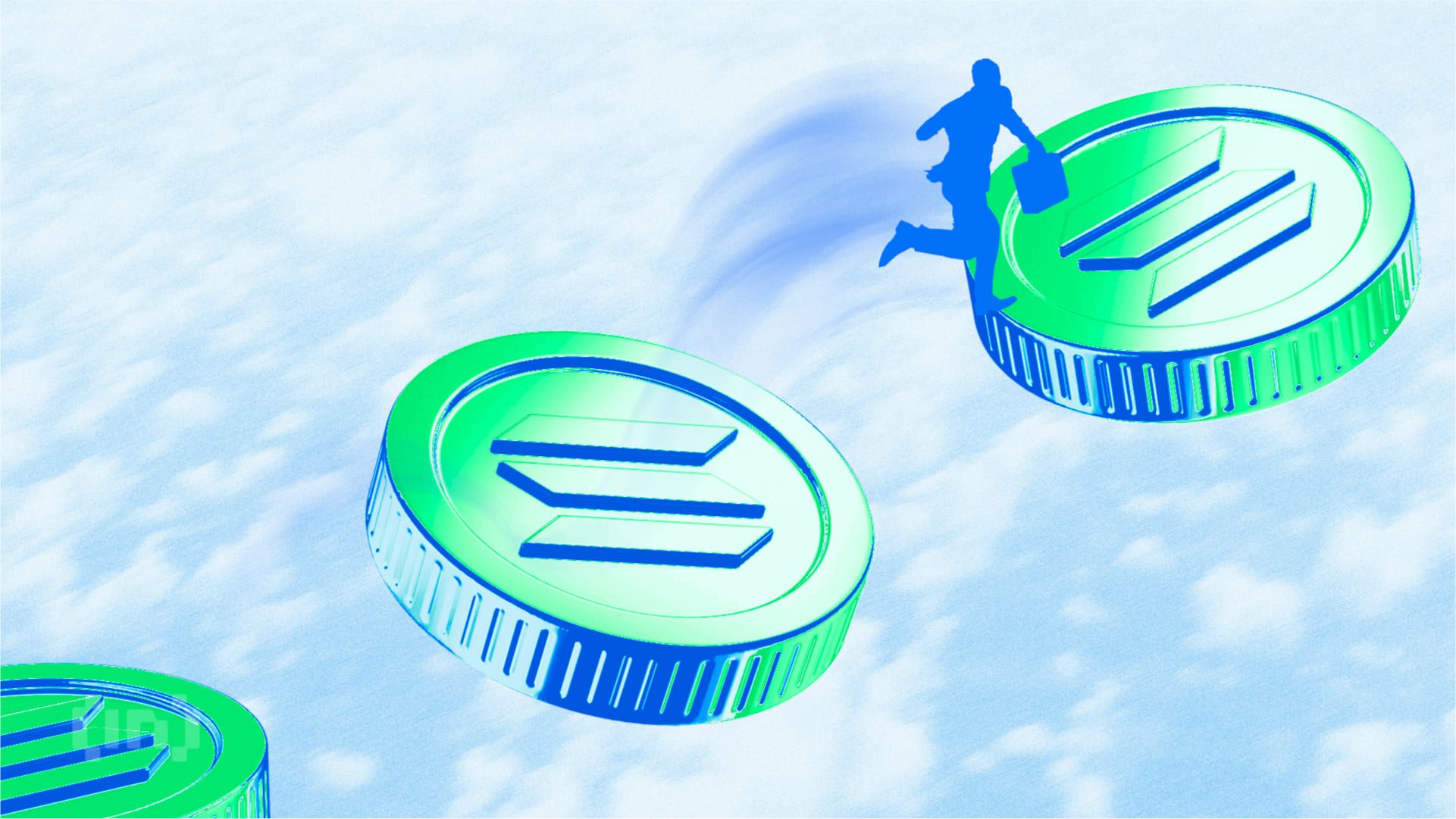
Solana (SOL) continues to show strength across multiple fronts, maintaining a bullish structure on its Ichimoku Cloud chart while gaining momentum in key market metrics. The BBTrend indicator has turned higher again, signaling renewed buying pressure after a brief cooldown.
On-chain activity remains strong, with Solana leading all blockchains in DEX volume and dominating fee generation thanks to the explosive growth of meme coins and launchpad activity. With SOL now trading above a key resistance level, the path is open for further upside—though a loss of momentum could still trigger a retest of lower supports.
Solana Maintains Bullish Structure, but Momentum Faces Key Test
On Solana’s Ichimoku Cloud chart, the price is currently above the Kijun-sen (red base line) but has dipped below the Tenkan-sen (blue conversion line), signaling weakening short-term momentum.
The flattening Tenkan-sen and price behavior suggest possible consolidation or the early stages of a pullback. Still, with the price holding above the Kijun-sen, medium-term support remains intact.
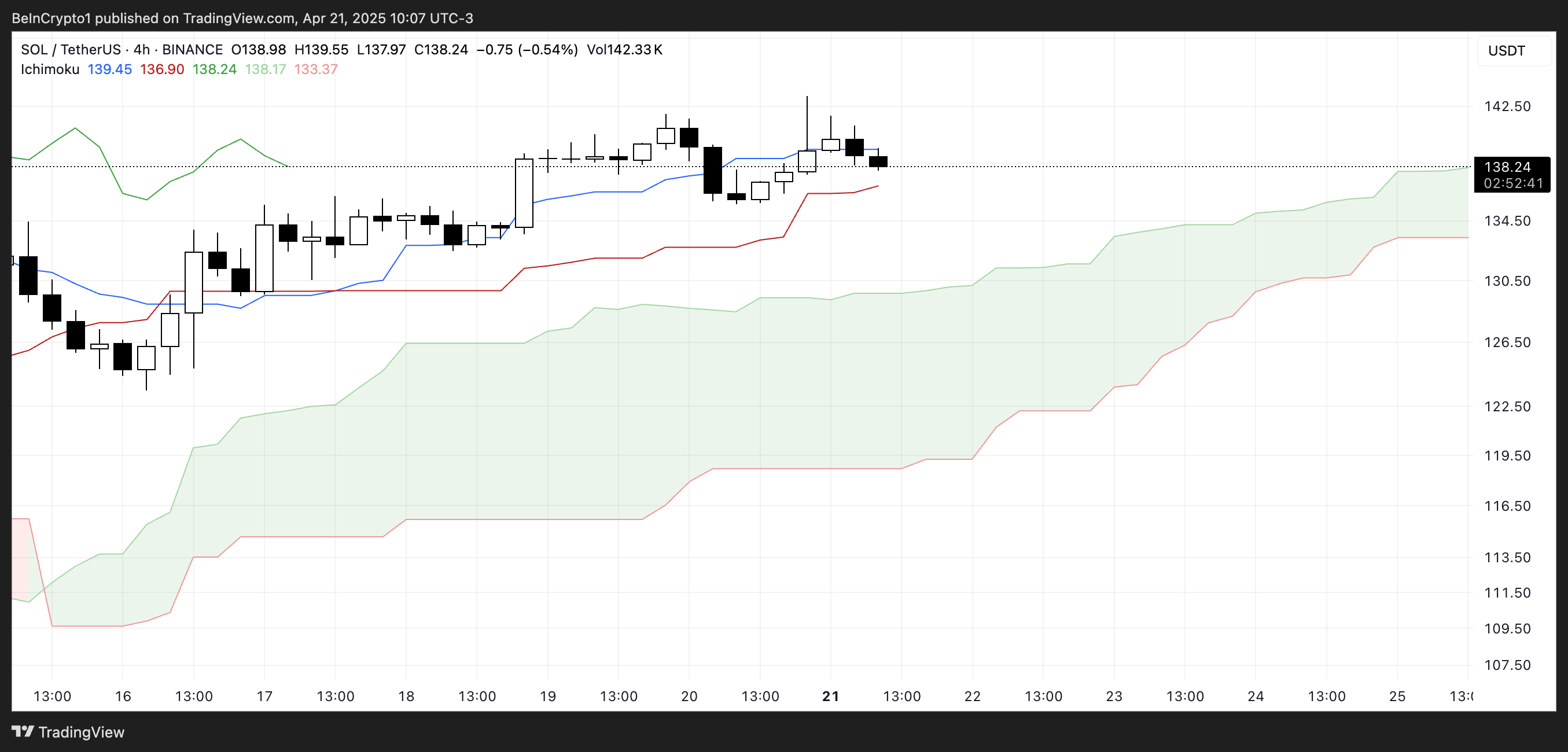
The overall Ichimoku structure remains bullish, with a thick, rising cloud and leading span A well above span B—indicating strong underlying support.
If Solana finds support at the Kijun-sen and climbs back above the Tenkan-sen, the uptrend could regain strength; otherwise, a test of the cloud’s upper boundary may follow.

Meanwhile, Solana’s BBTrend is currently at 6, extending nearly ten days in positive territory after peaking at 17.5 on April 14. The recent increase from 4.26 to 6 suggests renewed bullish momentum following a brief cooldown.
BBTrend, or Bollinger Band Trend, tracks the strength of price movement based on Bollinger Band expansion.
Positive values like the current one point to an active uptrend, and if the BBTrend continues to rise, it could signal stronger momentum and potential for another upward move.
Solana Dominates DEX Volume and Fee Generation as Meme Coins Drive Ecosystem Growth
Solana has once again claimed the top spot among all chains in DEX volume, recording $15.15 billion over the past seven days. The combined total of Ethereum, BNB, Base, and Arbitrum reached $22.7 billion.

In the last 24 hours alone, Solana saw $1.67 billion in volume, largely fueled by its booming meme coin ecosystem and the ongoing launchpad battle between PumpFun and Raydium. Adding to this good momentum, Solana recently surpassed Ethereum in Staking Market Cap.

When it comes to application fees, Solana’s momentum is just as clear. Four of the top ten fee-generating apps over the past week—PumpFun, Jupiter, Jito, and Meteora—are Solana-focused.
Pump leads the pack with nearly $18 million in fees alone.
Solana Breaks Key Resistance as Uptrend Targets Higher Levels, but Risks Remain
Solana has finally broken above its key resistance at $136, flipping it into a new support level that was successfully tested just yesterday.
Its EMA lines remain aligned in a bullish setup, suggesting the uptrend is still intact.
If this momentum continues, SOL price could aim for the next resistance zones at $147 and $152—levels that, if breached, open the door to a potential move toward $179.
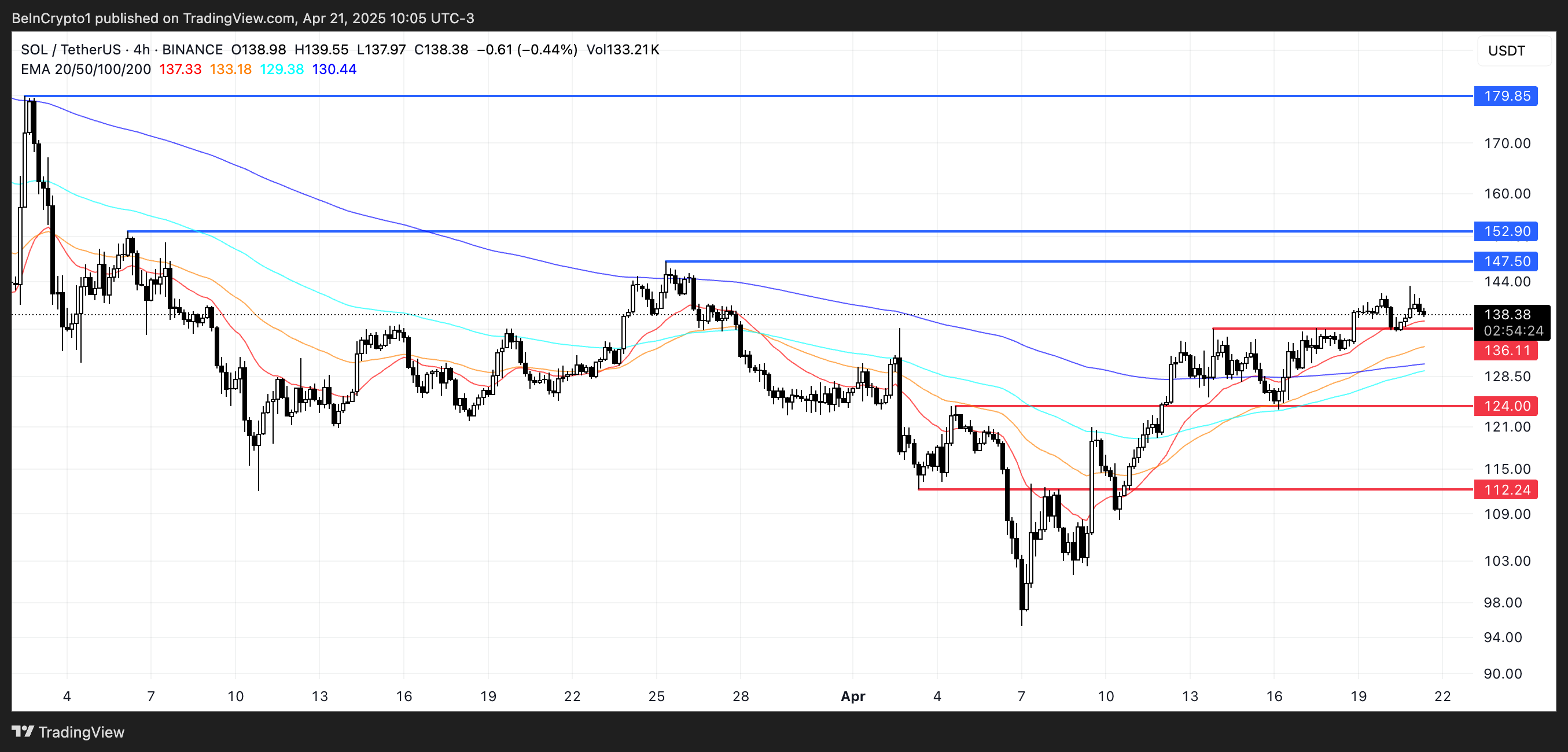
The current structure favors buyers, with higher lows and strong support reinforcing the trend.
However, if momentum fades, a retest of the $136 support is likely.
A breakdown below that level could shift sentiment, exposing Solana to deeper pullbacks toward $124 and even $112.
Disclaimer
In line with the Trust Project guidelines, this price analysis article is for informational purposes only and should not be considered financial or investment advice. BeInCrypto is committed to accurate, unbiased reporting, but market conditions are subject to change without notice. Always conduct your own research and consult with a professional before making any financial decisions. Please note that our Terms and Conditions, Privacy Policy, and Disclaimers have been updated.
Market
Crypto Firms Donated $85 million in Trump’s Inauguration
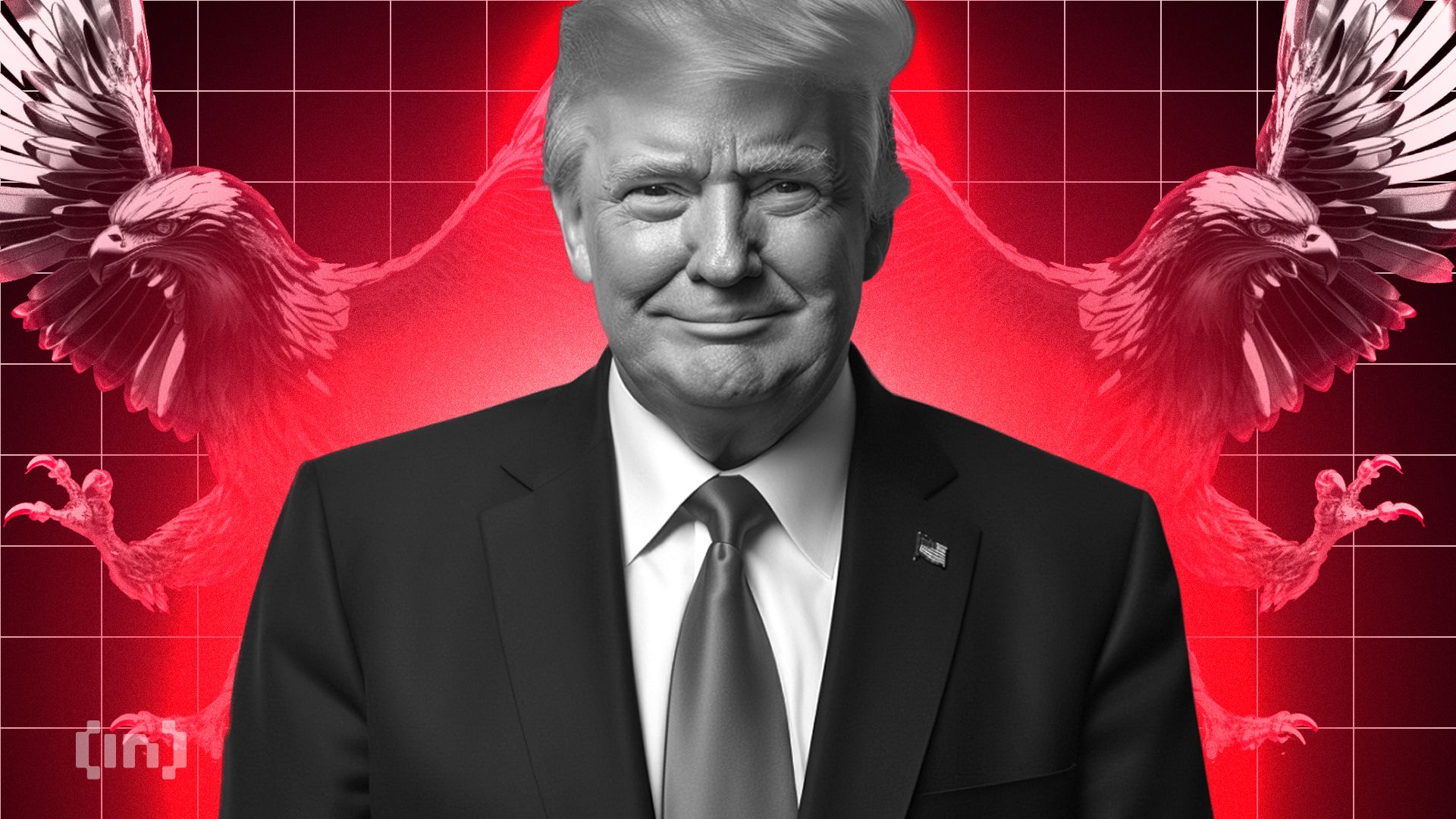
According to a new report, 15 firms and individuals from the crypto industry donated more than $100,000 to President Trump’s Inauguration, totaling over $85 million.
Almost all of these companies apparently received direct or indirect benefits from Trump’s administration. This includes dropped legal proceedings, lucrative business partnerships, participation in Trump’s Crypto Summit, and more.
Crypto Industry Went All-In on Trump’s Inauguration
Since promising to bring friendlier regulations on the campaign trail, Donald Trump attracted a reputation as the Crypto President.
Trump’s Inauguration festivities included a “Crypto Ball,” and several prominent firms made donations for these events. Today, a report has compiled all crypto-related contributions of over $100,000, revealing some interesting facts.

Since taking office, President Trump and his family have been allegedly involved in prominent crypto controversies, and these donations may be linked to several of them.
For example, eight of the donors, Coinbase, Crypto.com, Uniswap, Yuga Labs, Kraken, Ripple, Robinhood, and Consensys, had SEC investigations or lawsuits against them closed since Trump’s term began.
The commission might have dropped its probe against these companies anyway due to its changing stance on crypto enforcement. However, being in the President’s good books likely helped the process.
Further Alleged Benefits for Donors
In other words, nearly half the firms that made donations to Trump’s Inauguration have seen their legal problems cleared up quickly. This isn’t the only regulation-related benefit they allegedly received.
Circle, for example, recently made an IPO after openly stating that Trump’s Presidency made it possible. Galaxy Digital received SEC approval for a major reorganization, a key step for a NASDAQ listing.
Other donors, such as Crypto.com and ONDO, got more direct financial partnerships with businesses associated with the Trump family.
Previously, Ripple’s CEO, Brad Garlinghouse, anticipated a crypto bull market under Trump. Also, XRP, Solana, and Cardano were all unexpectedly included in the US Crypto Reserve announcement.
All three of these companies made major donations to Trump’s Inauguration.
It seems that most of the firms involved got at least some sort of noticeable benefit from these donations. Donors like Multicoin and Paradigm received invitations to Trump’s Crypto Summit, while much more prominent groups like the Ethereum Foundation got snubbed.
Meanwhile, various industry KOLs and community members have already alleged major corruption in Trump’s crypto connections.
While some allegations might lack substantial proof, the crypto space has changed dramatically under the new administration, for both good and bad.
Disclaimer
In adherence to the Trust Project guidelines, BeInCrypto is committed to unbiased, transparent reporting. This news article aims to provide accurate, timely information. However, readers are advised to verify facts independently and consult with a professional before making any decisions based on this content. Please note that our Terms and Conditions, Privacy Policy, and Disclaimers have been updated.


